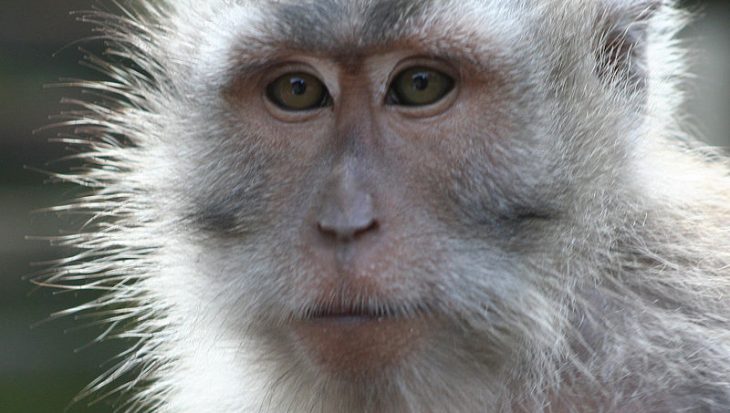The development will resonate around the world, not least in Europe where thousands of chemicals are to be subjected to safety testing under the EU programme, known as REACH. Current REACH plans call for millions of animals to be killed. The US announcement will give fresh ammunition to proponents of non-animal methods.
Animal testing has been standard practice for evaluating the safety of chemicals and drugs. But National Human Genome Research Institute (NHGRI) director Dr. Francis Collins told reporters covering the American Association for the Advancement of Science conference that it does not predict very well what a chemical will do to a human being. ‘It’s slow. It’s expensive,’ Collins said. ‘We are not rats and we are not even other primates … After all, ultimately what you are looking for is, does this compound do damage to cells? Can we, instead of looking at a whole animal, look at cells from different organs?’
The NIH has been carrying out tests using high-speed robots that can screen 200,000 compounds in two days. It would take a researcher using traditional whole-animal tests 12 years working eight hours per day and seven days a week to do the same amount of work.
Dr Christopher Austin, an NIH Director, added: ‘Traditional animal testing is expensive, time-consuming, uses a lot of animals and from a scientific perspective the results do not necessarily translate to humans.’
The announcement of the five-year development programme represents an historic breakthrough. It serves as a vindication of the years of campaigning by anti vivisection groups, which have always supported their ethical objection to vivisection by producing evidence that such tests are unreliable and that far better non-animal methods are available and should be embraced.
Despite this week’s important announcement, there remains a puzzling commitment to using cells obtained from animals, rather than from people, as a source material to establish safety data. The argument will, therefore, continue to be made that the use of live animals or their tissues, is not only unethical but unscientific.
Says Animal Aid Director, Andrew Tyler:
‘This week’s announcement marks the beginning of the end of animal testing. The agencies involved are enormously influential within the global scientific community; where they have led, Britain and Europe will follow. The sooner they do so the better. While non-animal methods are cheaper, faster and more reliable they do require an initial capital investment. Given that such tests are a matter of public health and many are compulsory under law, the British government must act now by providing the necessary resources and the political lead for the development of non-animal safety testing. The choice now is to adhere to defunct practices or to embrace a positive future. This is a question of life and death – for animals and for people.’

